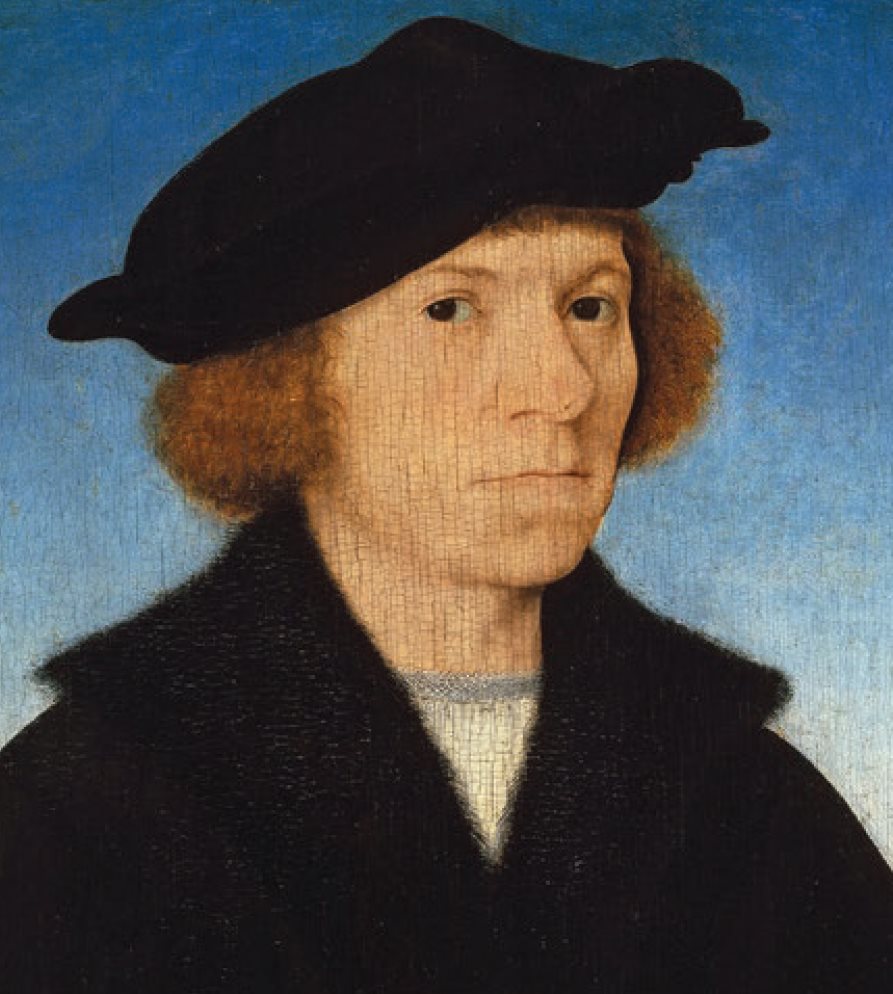Abstract
When Albrecht Dürer (1471–1528) arrived in Antwerp on 2 August 1520, he was a famous artist. His renown rested in particular on prints, already widely known. Every Antwerp painter, sculptor or printmaker made use of Dürer’s inventive models, among them the young and ambitious Dean of the Guild of Saint Luke, Joos van Cleve (1485/90–1540/41). It is inconceivable that Dürer made no mention of the city's most important painter in the journal he kept during his stay in the Low Countries, unlike fellow artists such as Joachim Patinir, Dirk Vellert, Bernard van Orley, Lucas van Leyden, Conrad Meit or Jan Provoost. It has always been suggested that Albrecht Dürer’s prime reason for closing his Nuremberg studio and travelling to Antwerp was to seek support for his petition to the new king, Charles V, to renew his pension. But since that aim was already fulfilled on 12 November 1520, it is more than likely there must have been another reason. In a letter to the Nuremberg city council, dated 17 October 1524, Dürer states that the Antwerp city council offered him the post of City Painter, but that he decided to turn it down. It can be taken for granted that upon arrival in 1520, he was regarded by the Antwerp city council to be their future city painter. It is certainly possible that this prospect placed a strain on the relationship between Albrecht Dürer and Joos van Cleve, although this may not have been the only reason why Dürer did not mention van Cleve in his journal. His prime ambition was directed towards fame; he was enormously self-assured and regarded himself as a brilliant artist who needed to be remembered as such. Van Cleve, on the other hand, although very talented as a painter, lacked Dürer’s qualities as an inventor and focused much more on commercial success in his own lifetime. Perhaps not coincidentally, it was only after Dürer’s return to Nuremberg that Joos van Cleve would celebrate his greatest commercial success as a painter by receiving several important commissions, both in Antwerp and abroad, especially in Genoa. Not unimportant in that respect was Joos van Cleve’s use of Dürer’s truly iconic painting of Saint Jerome from 1521, a gift of the latter to his humanist friend Rui Fernandes de Almada. By turning this very personal conversation piece into a populist image after Dürer’s death in 1528, Joos van Cleve would add his own footnote to the former’s fame.

This work is licensed under a Creative Commons Attribution 4.0 International License.
Copyright (c) 2022 Peter van den Brink (Autor)

